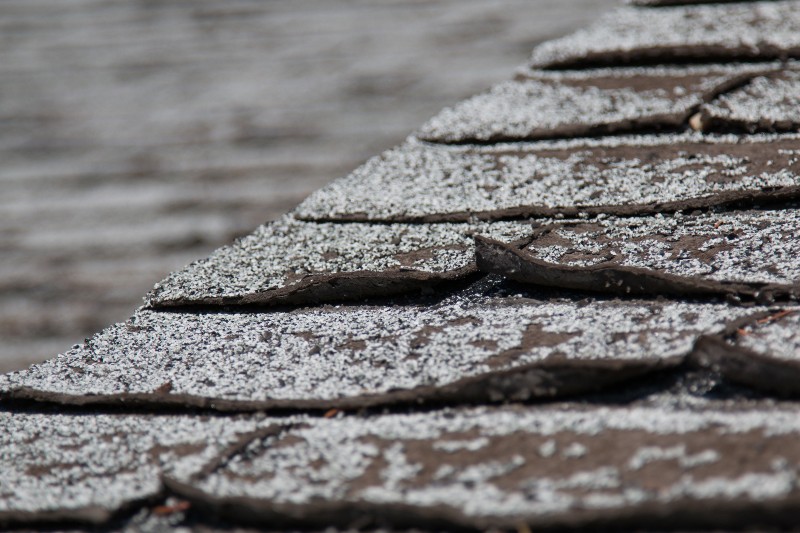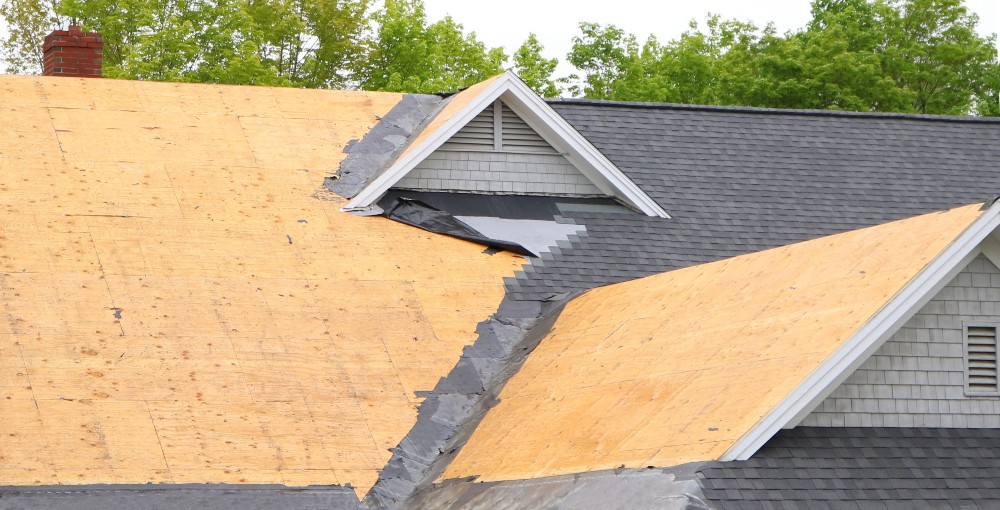The roof is a home’s first line of defense against the elements. Yet it typically goes unnoticed until it begins to fail. By that time, leaks may have resulted in thousands of dollars of damage due to rot and mold infestation. With this in mind, it’s important to replace your roof before it starts to fail. Read on to learn when to replace your home’s roof.
Expected Lifespans
When it comes to durability and longevity, a roof is only as good as the materials used to make it. In general, this is the expected replacement schedule based on the type of material used:
Metal Roofs: 50-75 Years
An exceptionally resilient roofing option, metal should last half a century if it’s made of steel and aluminum. Other metal roofing, such as copper and zinc, can last a century or more.
Rubber Roofs: 25-50 Years
When professionally installed, rubber roofing can last a quarter of a century or more. EPDM and TPO roofing systems have similar lifespans of between 20 and 25 years. High-quality TPO roofing can last even longer if it’s reinforced with fiberglass.
Wood Shingles: 20-25 Years
Wood shingles typically last 20 to 25 years with proper maintenance. If you fail to keep the roof clear of moss and leaves, however, trapped moisture will promote rapid decay. If you perform necessary regular maintenance, your wood shingle roof should last decades when properly installed.
Asphalt Shingles: 15-30 Years
Under typical circumstances, 3-tab asphalt shingles will last between 15 and 20 years. That said, architectural asphalt shingles can be more resilient due to their design. In some instances, these shingles can last up to a decade longer than 3-tab asphalt shingles.

Composition Shingles: 12-20 Years
Composite shingles are comprosed of a mixture of materials, including fiberglass, polyester, paper and plastic, all bonded by laminates or resin. When blended together, these materials create a reliable recipe for durability, strength and affordability.
With all this said, these recommended time frames will vary based on the regional climate and weather conditions. Severe humidity and harsh winters can wear down the materials much more quickly. After high winds or severe storms, it’s best to have your roof inspected to check for any damage.
If minor problems are caught in their infancies, they can usually be replaced at a low cost. This will help lengthen the lifespan of the roof in many cases. If small problems go unnoticed, however, they can lead to large-scale deterioration, forcing you to have to replace your entire roof faster than you should have.
Even if you haven’t experienced any harsh weather conditions, it’s best to inspect your roof for potential problems twice a year. While you may be able to do one of these inspections yourself, the other should be conducted by a reputable local roofing contractor who knows how to spot telltale signs of damage and wear.
Signs of Trouble
Whether you’re inspecting your roof up close or from the ground, it’s important to be on the lookout for specific signs of decay and distress.
Shingles: Shingles should always lie flat against your roof. If you see any signs of cracking or buckling, arrange to have them repaired immediately. You should also check your gutters and downspouts for granules since this can be a sign that shingles are nearing the end of their useful lifespan.
Flashing: Your chimneys, skylights and vents have flashing designed to seal the seams and keep out moisture. Inspect these areas for signs of cracks or breaks. In older properties, flashing is often made of tar or roof cement. It’s best to upgrade to a modern metal flashing system for improved durability.
Rot and decay: A sagging or drooping roof needs to be replaced as soon as possible before it leads to serious damage to the interior of your home. Check for signs of rotting boards, trapped moisture, or sagging areas, especially at the low points on the surface of the roof.
Organic growth: Moss, fungi and mold can indicate the presence of trapped moisture, which can cause your roof to decay. While you can eliminate organic growth using bleach and a coarse brush; it’s best to call in a roofing expert to figure out the underlying cause of the growth.
The Bottom Line
If you have a few failing shingles or a small leak, you won’t necessarily need a new roof. If your existing roof has been properly installed and is less than 15 years old, a reputable roofing contractor may be able to restore it with a few targeted repairs. When in doubt, always reach out to a licensed local roofing contractor for a professional opinion.
A to Z Roofing specializes in residential roofing and repair. A locally owned Colorado company, we’ve been operating continuously throughout the Front Range for a quarter of a century, serving the needs of homeowners and local businesses. Contact our team of courteous professionals to learn how we can repair, restore or replace your aging or damaged roof.

